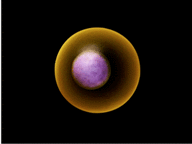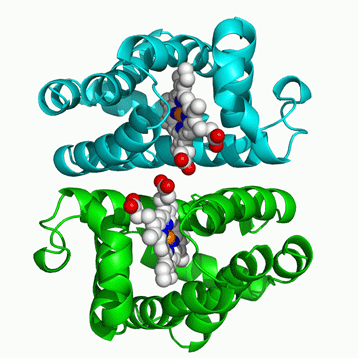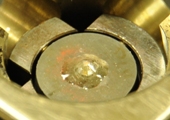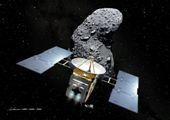
The "giant magnetoresistance effect" that significantly advanced the reduction in size and increase in capacity of computer hard drives is a well-known phenomenon of "spintronics", which couples the electric and magnetic properties of materials. Many devices whose performances exceed those of traditional electronics devices will be commercialized. X-ray diffraction, X-ray absorption and ultra slow muons are being used to understand the origins of such peculiar properties and to observe spin dynamics, which will lead to the designs for new devices.

Soft matter, which is an aggregate of large, complex molecules, is used in a wide range of products from detergents and cosmetics to liquid crystal displays. Lipids and proteins that constitute living tissue are also soft matter. Neutrons and synchrotron X-rays are used to investigate not only the relation between the complex structure and functionality of soft matter, but also the relation between materials and life through biomimetic systems, for example, oil droplets that move around like amoebae.

Membrane proteins perform important biological activities to transfer materials and information into and out of a cell. They are also important as targets for drug design. Crystallization of membrane proteins is difficult and in many cases only a very small crystals are formed. Development of high-brilliant light source and higher sensitivity detectors allows the structural analysis of micro-crystals.

Organisms move over a wide timescale, from motion that we can capture fast chemical reactions at the femtosecond. For example, photosynthetic reaction center proteins in leaves absorb light and transform its energy to chemical reactions in 100 femtoseconds. Synchrotron radiation, which is pulsed light, is an effective tool for capturing dynamics of biological movements.
The clear energies attract considerable attentions. They do not emit CO2 and not rely on fossil fuels and nuclear power. Our discoveries increase the efficiency of the functional materials such as solar cells, fuel cells and hydrogen storage alloys.

Practical use of superconductivity will fix the problems of power loss and heating due to electrical resistance, resulting in the saving of electricity. New superconducting materials such as copper oxides, iron-based systems and organic compounds have been discovered. There are, however, still issues to be solved to use superconducting materials in everyday life. Our quantum beams are used to perform research for the discovery of practical superconducting materials.

The inside of the Earth is an extreme environment, with temperatures of a few thousand degrees and pressures of a few tens of thousands of atmospheres. Simulating such environments in experimental devices can reveal the mechanisms of changes in minerals inside the earth, including those that cause earthquakes and volcanic eruptions.

The Universe contains substantial information on the history of the Earth and the Solar System. Precious samples, available in only small quantities, such as meteors from outer space and samples collected by spacecraft, are effectively investigated with high-brilliant beams and highly sensitive detectors.